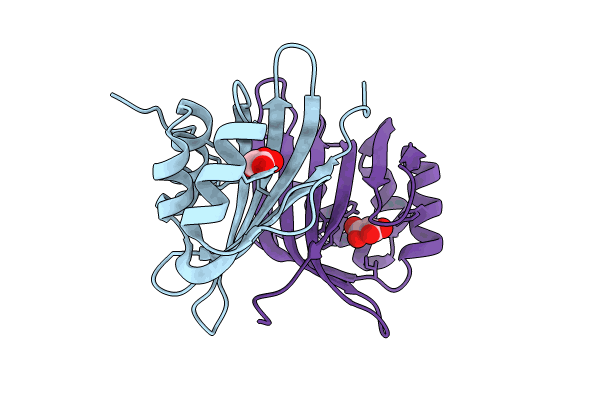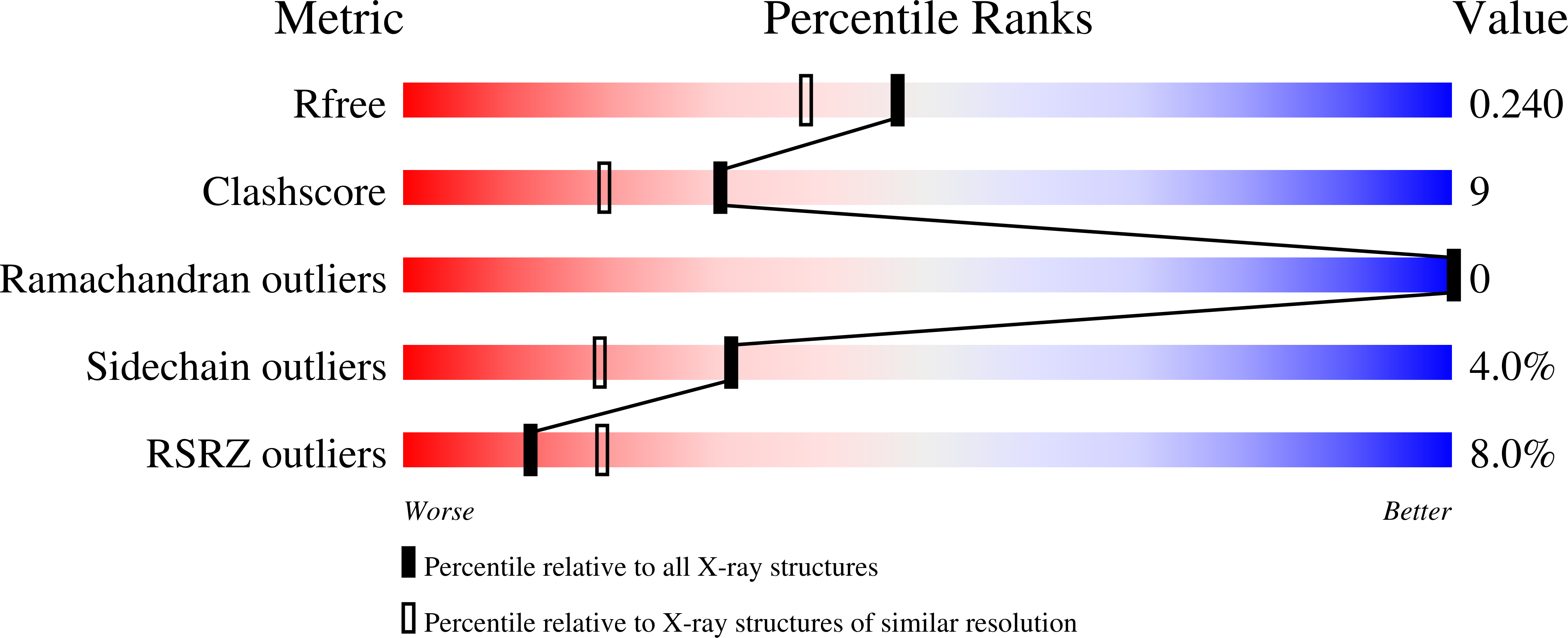
Deposition Date
2023-10-22
Release Date
2024-04-03
Last Version Date
2024-11-06
Entry Detail
PDB ID:
8QX7
Keywords:
Title:
Apo-C-Terminal Domain Homolog of the Orange Carotenoid Protein from Anabaena at a resolution of 1.95 Angstroms
Biological Source:
Source Organism:
Cyanobacteriota (Taxon ID: 1117)
Host Organism:
Method Details:
Experimental Method:
Resolution:
1.95 Å
R-Value Free:
0.24
R-Value Work:
0.19
R-Value Observed:
0.19
Space Group:
C 1 2 1


